
Let’s be honest—global conflicts don’t exactly show up with RSVPs. One minute, you’re just scrolling; the next, you’re wondering if your job could land you in the middle of it. Good news: some careers are so low-risk that they barely make the list when things get tense. So, here are ten careers that could help you stay focused and far away from future global chaos.
Licensed Medical Doctor

Labeled as “critical occupational personnel” by the Selective Service, physicians are typically safeguarded from frontline drafting. Their extensive training investment makes them far too valuable to risk in combat zones. Additionally, many physicians—especially those over the age of 36—fall outside the draft’s primary target range.
Commercial Airline Pilot

FAA-certified commercial pilots occupy a strategic position in times of national emergency, typically serving under the Civil Reserve Air Fleet (CRAF) rather than on the battlefield. With high training costs and necessary security clearances, they are more often seen as indispensable assets than combat-ready personnel.
Nuclear Power Plant Operator
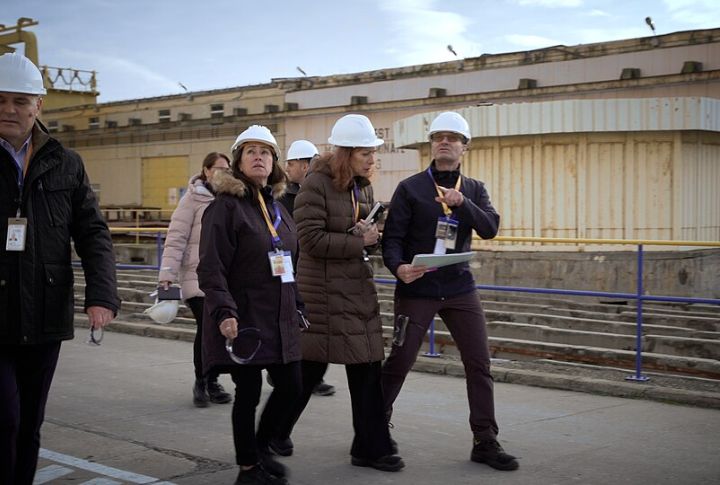
Operating a nuclear power plant demands an NRC license, intensive psychological screening, and specialized technical expertise. As essential infrastructure under Homeland Security and the Department of Energy, their roles are safeguarded. Federal mandates on “continuity of power” protect reactor staff from being reassigned or drafted elsewhere.
Agricultural Food Scientist

Usually employed by the USDA or affiliated research bodies, agricultural food scientists benefit from homeland exemption policies that recognize their scientific value. Their specialized training makes them unsuitable for rapid redeployment into combat roles, and maintaining research continuity during emergencies is treated as a national imperative.
Cybersecurity Engineer\
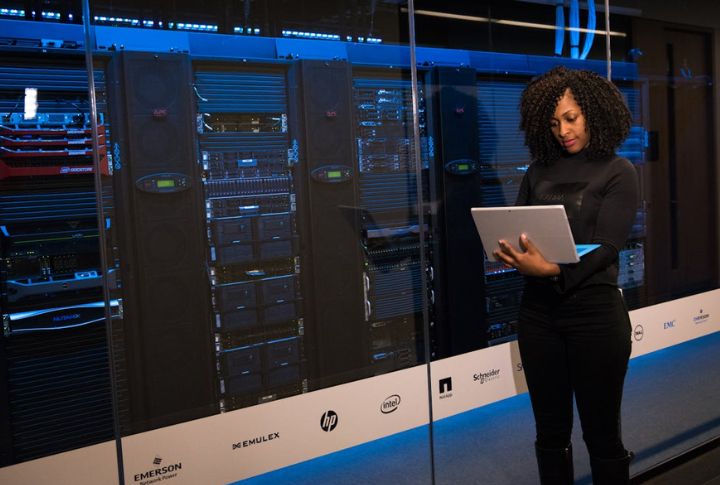
The role of cybersecurity engineers falls under “non-combat but high-threat” operations, typically with domestic placement through the DHS, NSA, or defense-aligned private firms. Due to the advanced technical training involved, many specialists surpass the draft-eligible age range by the time they’re fully qualified.
Public School Teacher
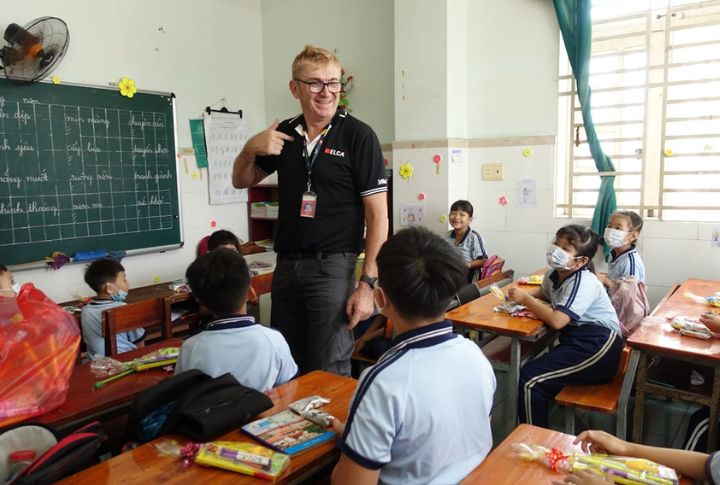
Teachers with active classroom roles—especially those instructing children under 12—are protected under Selective Service guidelines. During mass drafts, K–12 educators are exempt from upholding societal stability and preserving educational continuity. Many states even classify them as “continuity workers” in emergency protocols.
Railway Systems Dispatcher
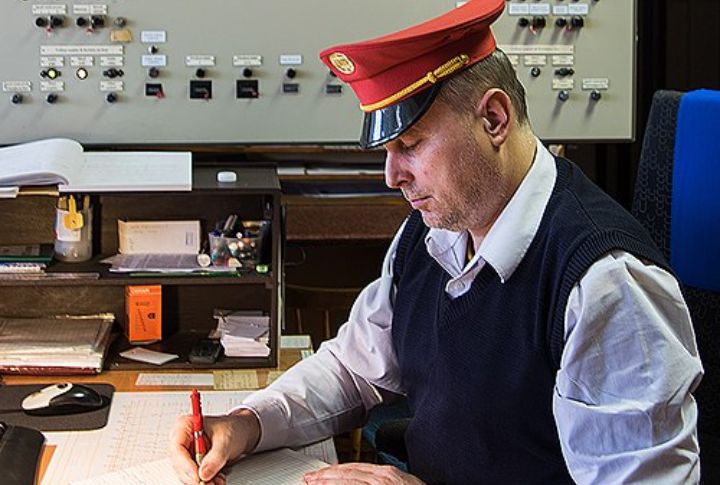
Rail remains a federally protected mode of transport, with dispatchers classified under the Department of Transportation’s continuity of government workforce. During WWII, many in this field were deemed “indispensable” due to their impact on military mobilization. This is because a disruption in rail operations can cripple emergency responses.
Registered Pharmacist

When the world needs order in the chaos, pharmacists head to the counters. After COVID, their civil defense stock soared. And when the Strategic National Stockpile hits the scene, guess who they call? Not a soldier—your local pharmacist. So, if duty calls, they’re more likely to suit up with the Medical Reserve Corps than strap on a helmet.
Firefighter With EMT Certification
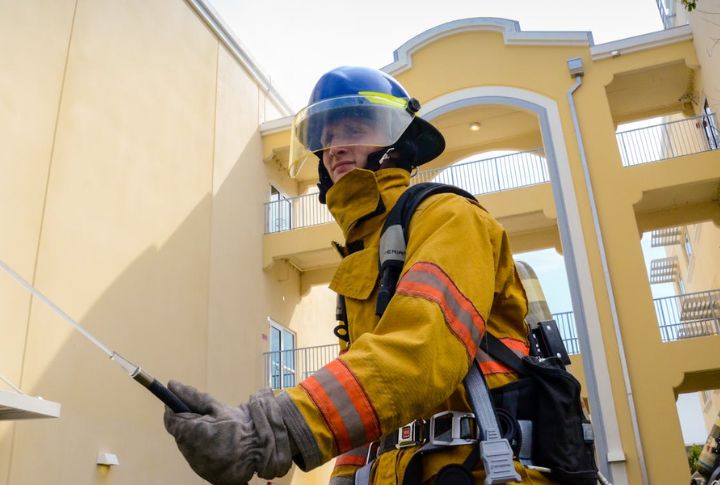
Firefighters with EMT certification serve as dual-role emergency responders and are classified as frontline civilian protectors. Integrated into FEMA and local Homeland Security task forces, they are prioritized for domestic emergency response over military service. Plus, most fire departments formally register these individuals for civil emergency roles.
Certified Utility Lineworker

Protected under the Energy Sector’s National Response Framework, utility lineworkers are classified as FEMA Tier 1 “mission critical” personnel. Their work is highly specialized, dangerous, and difficult to replace, requiring specific certifications and hands-on expertise. Historically, they’ve played key roles as civilian responders during major emergencies like Hurricane Katrina.

